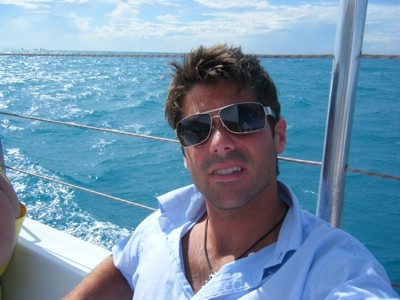Shawn Goss

B.Sc., Honours Earth Sciences, Dalhousie University (2007)
M. Sc. Thesis
Cenozoic Seismic Stratigraphic Analysis of the Surname Margin, South America
(PDF - 59.0 Mb)
Latest understanding has shown that application of conventional seismic sequence stratigraphic methods on shelf-to-slope transition environments is proven difficult. The Suriname margin of the equatorial Atlantic is the youngest post-rift margin of the Atlantic, so should be the least complex. Cenozoic strata from offshore Suriname were placed into a sequence stratigraphic framework using the method of accommodation succession, proposed by Neal and Abreu (2009). This framework consists of seven reflection horizons correlated throughout a 3D seismic volume; each horizon defining the base of a seismic sequence. Within these sequences, seismic reflection stacking geometries indicate that sea level cycles and sediment supply are the primary controls on the margin's evolution, occasionally fitting eustatic sea level records. Mass transport deposits in deep water and erosional unconformities in shallow water result during sea level low stands. Periods of transgression and sea level high stands are marked by shelf margin aggradation, with minimal sedimentation on the slope. The Suriname margin provides a model for application of modern sequence stratigraphic concepts. It must be recognized, however, that each margin has various and unique external forcing mechanism controlling sediment distribution and as a margin evolves, it becomes increasing complex.
Pages: 180
Supervisor: D. Mosher / Grant Wach



